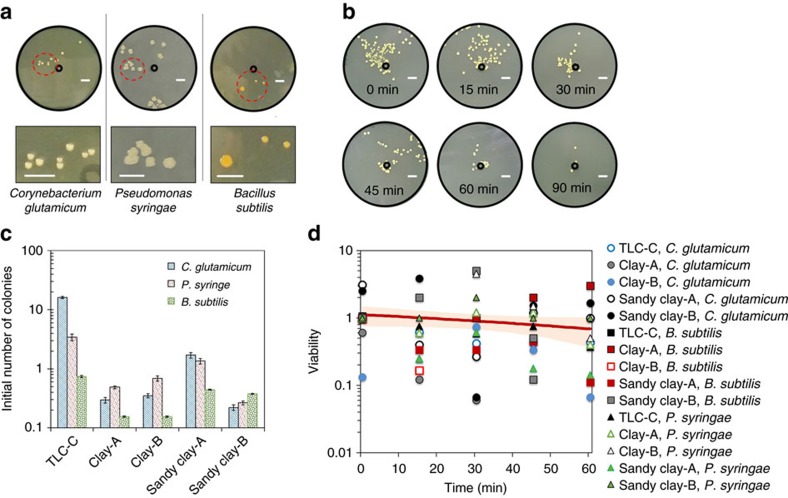Figure 2. Viability of bacteria transferred by aerosols.
(a) Colonies of three kinds of soil bacteria, C. glutamicum, P. syringae and B. subtilis, cultured on agar plates for 2 days after they were aerosolized by raindrops on sandy-clay soil (Sandy clay-A in Table 1). The inner black circles indicate the location where raindrops hit on the soil. The yellow dots indicate the colonies where bacteria grew. The scale bars represent 10 mm. (b) Viability test with respect to the duration of drying the aerosols collected on the sampling plates. The time, displayed in the images, indicate the drying duration. Aerosols were generated from TLC plates (TLC-C in Table 1) pre-permeated with C. glutamicum. The colonies were cultured on agar plates for 2 days after the aerosolization. The scale bars indicate 10 mm. (c) Average number of colony-forming units from a single raindrop when the aerosols, collected on the sampling plates, were transferred to the agar plates immediately after aerosolization. The error bars represent±1 s.d. resulting from nine drop impingements. The impact velocity was 1.4 m s−1, the drop diameter of 2.8 mm, and the surface temperature 20 °C for all cases. (d) Viability of bacteria with respect to time after aerosolization. The viability is the ratio of the number of colonies on the agar plate to the number of aerosols containing bacteria collected on the sampling plate. For more details, see ‘Methods' section.

